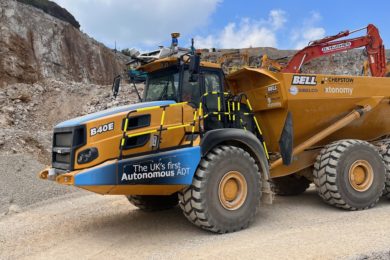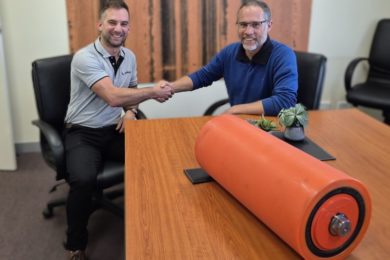Australia’s mining industry often acts as an indicator for the industry on a global level, and according to engineering and design company, Soto Consulting, it is also where pressures to achieve greater resources processing rates have unearthed a hidden risk for company owners and managers. “Situations are occurring where a processing plant is pushed to maximum capacity for the very first time, and these are unchartered waters for site owners that have never tested their technologies at that high level or beyond the nameplate capacity of their plant.” Soto carrries out plant analysis and capacity evaluations in the mining sector, and says the digital simulation environment is the ideal test platform for plant owners and managers to foresee any complications.
“The fastest and most accurate approach is to review operational limitations of their plant using digital simulation means as a way – not just old plants but also new ones which are constructed with conflicting performance requirements to that originally planned during the design specification phase for the plant,” said Managing Director,Frank Soto. He cites an example of mine processing plant owners are aiming for 14,000 t/h on their conveyor systems, “which is a very fast rate and will almost certainly lead to new operational and maintenance issues that will impact on the operating cost of the plant.”
“Pressures to increase rates are also taking existing plants into extra periods between shutdowns in operations, which extends the time frames between scheduled repair sessions. But perhaps the biggest cause for concern is that many plants are being tested under actual operating conditions with a high level of trial and error, taking guesses as to which parts may or may not work under the untested, increased workload. Our reasoning is that it is best to review a plant and assess it properly in the digital simulation environment before exposing it to a potentially crippling risk by taking chances ‘on the fly’. We have proven digital testing and prototyping methods and we can work out if we will get the additional uptime, throughput and capacity they are chasing.”
Soto Consulting believes this approach is a form of operational expenditure which optimises a mine’s capital expenditure. Using rapid prototyping and simulations, it enables identification of areas where modifications to an existing plant can increase throughput, reliability and maintainability. “Sometimes this approach even unearths safety issues which should have been imbedded in design but generally aren’t, therefore improving access and safety for employees. As many plants reach their maximum operating capacity and now start to go beyond the original specifications the risk is that plants start to fail and breakdown prematurely. The peak performance and throughput may be negated due to extended breakdowns and outages that reduces overall plant throughput and increases operational expenditure.”








